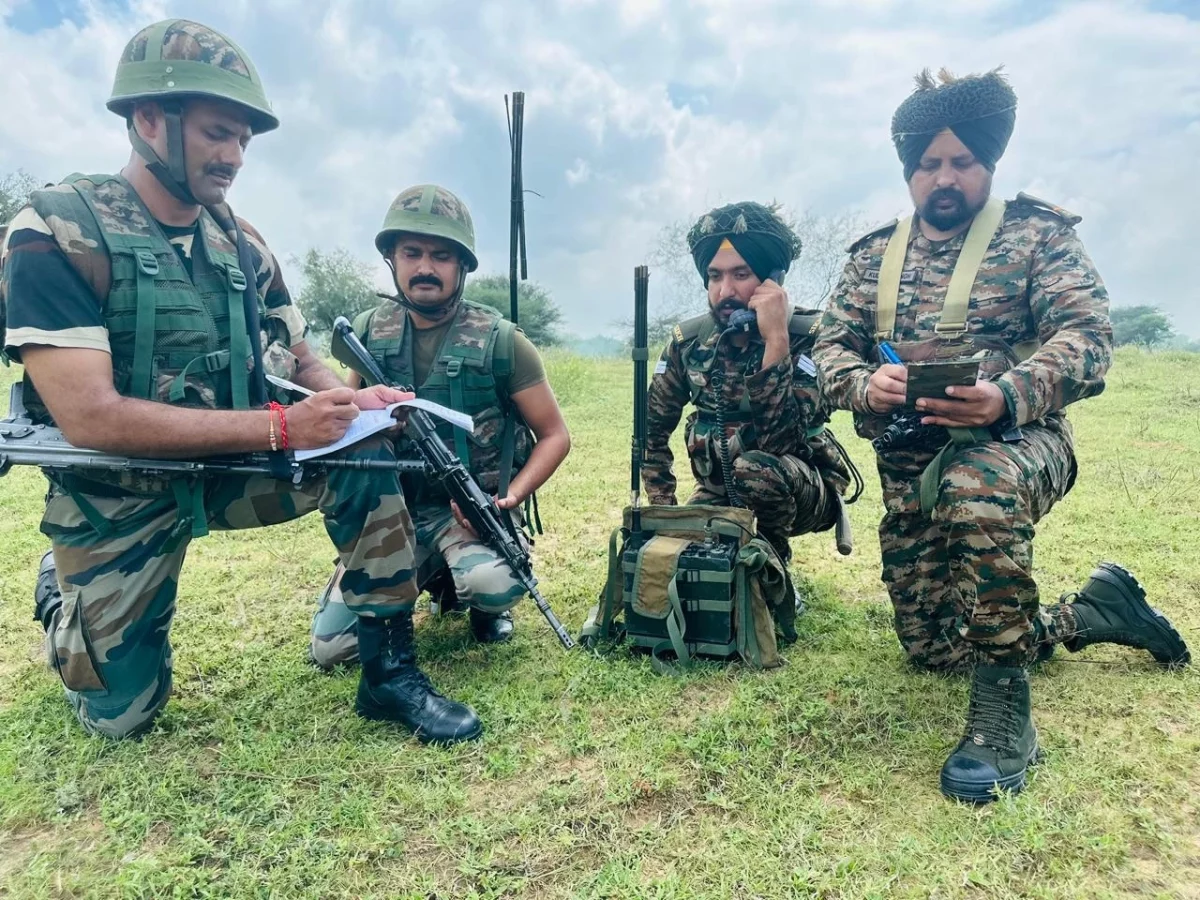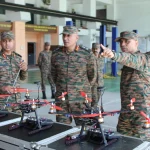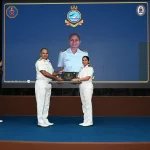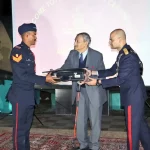The Shapta Shakti Command has fast-tracked the development of its drone-warfare and counter-UAS (C-UAS) capabilities, leveraging indigenous technology and close collaboration with civil defence industries to build a layered, theatre-level defence against emerging aerial threats.
Across multiple command stations, troops are undergoing rigorous counter-drone and C-UAS exercises, validating tactical doctrines, sensor-to-shooter timelines, and coordinated command-and-control workflows. The training emphasises rapid detection, identification, and neutralisation of hostile unmanned systems while preserving freedom of manoeuvre for friendly forces.
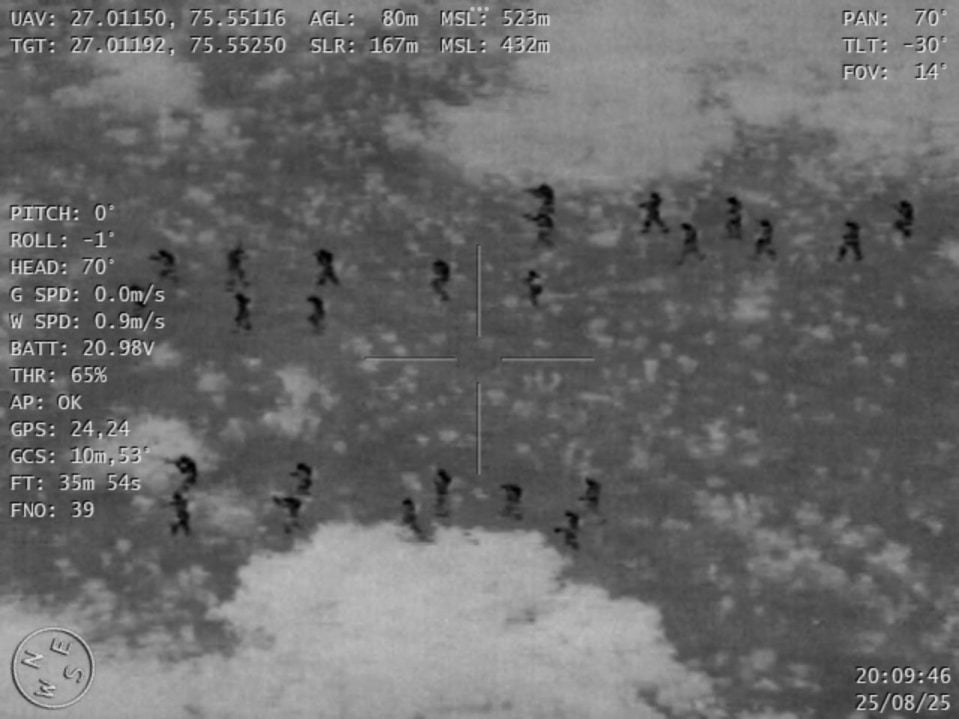
Key features of the initiative include:
- Theatre-level C2 architecture that integrates local tactical units with higher command authorities for swift decision cycles.
- Innovative, operation-level solutions developed in partnership with domestic defence firms and civil industry partners, enhancing indigenous manufacturing and field adaptability.
- Tailored force structures trained for specific mission profiles — reconnaissance denial, base defence, convoy protection, and mass-saturation scenarios.
- Layered defence mechanisms combining RF jamming, kinetic interceptors, electronic warfare tactics, and sensor fusion for high-confidence engagement decisions.
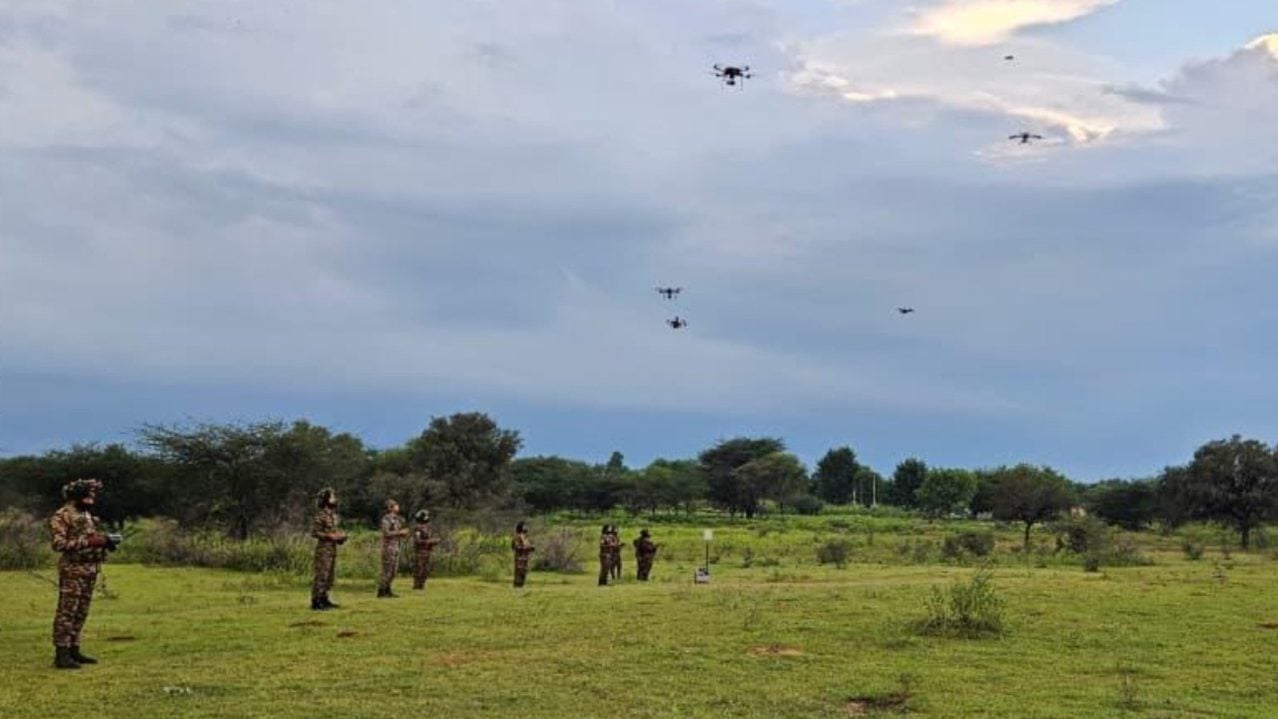
Command planners said the exercises are designed to stress-test new concepts under realistic conditions and refine doctrines for future conflict environments dominated by unmanned systems. By prioritising Atmanirbharta (self-reliance) and close industry-military synergy, Shapta Shakti Command aims to field combat-ready units equipped with cutting-edge indigenous solutions capable of deterring and defeating sophisticated drone threats.

